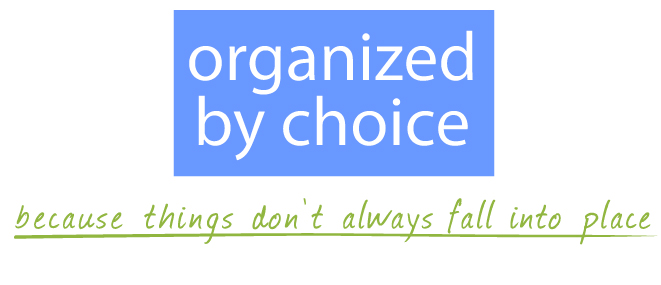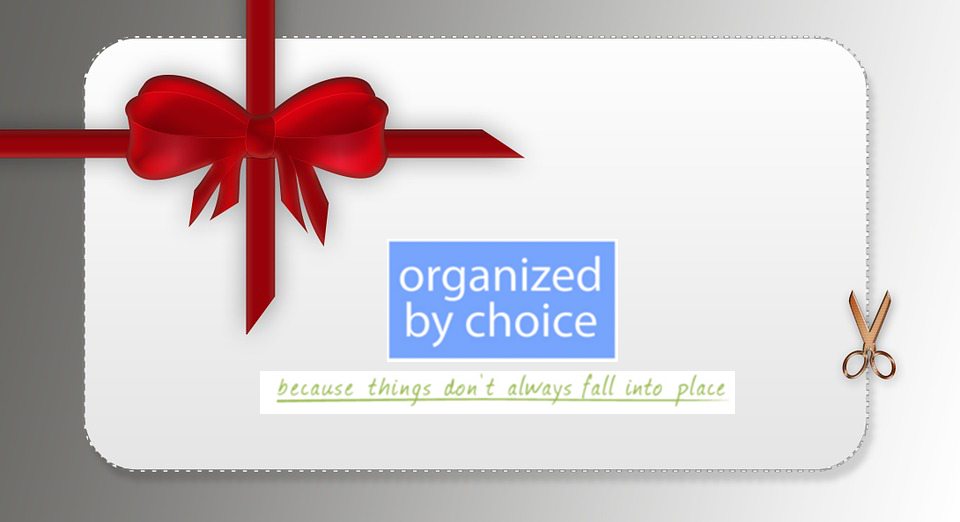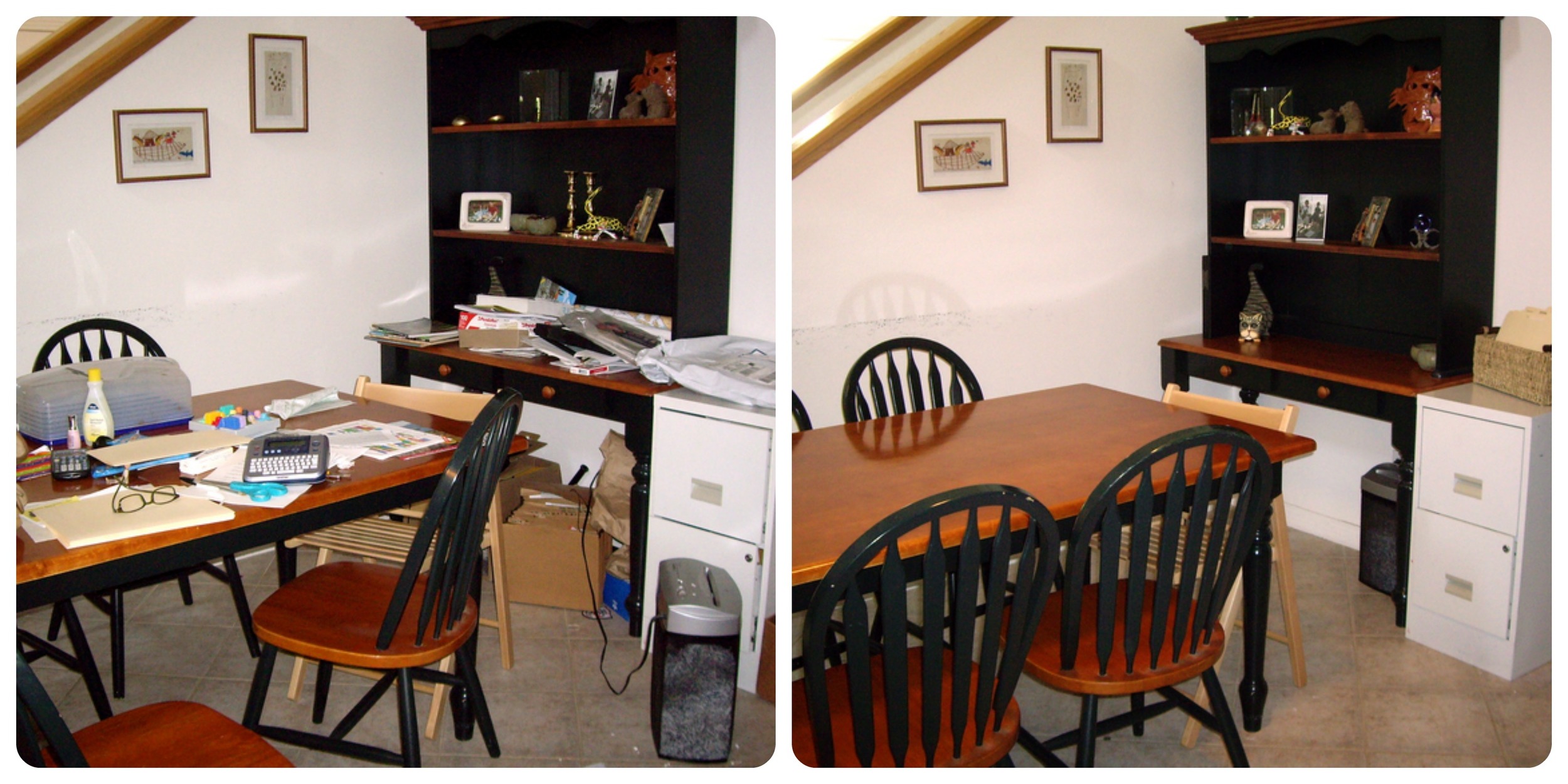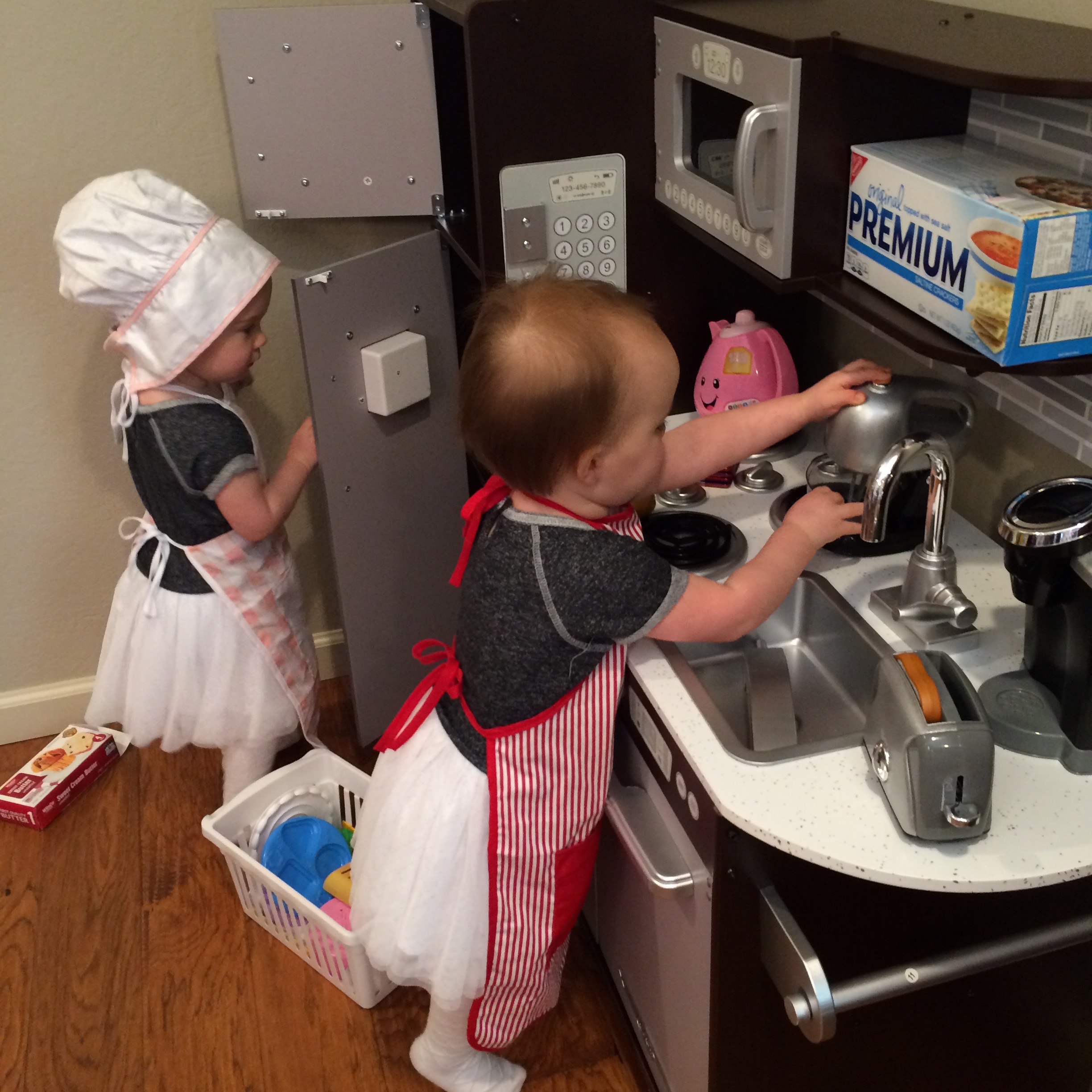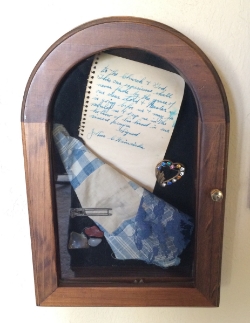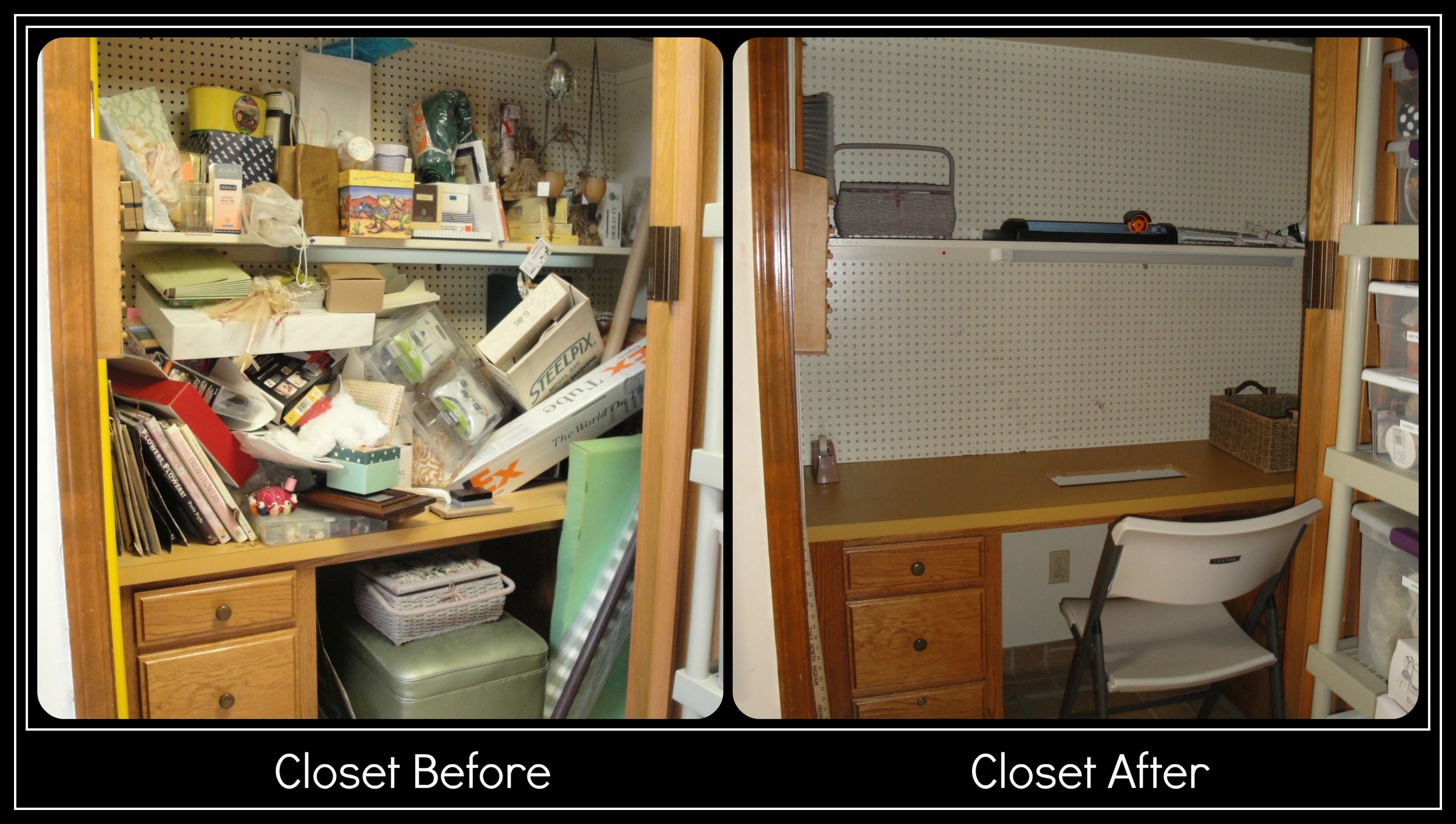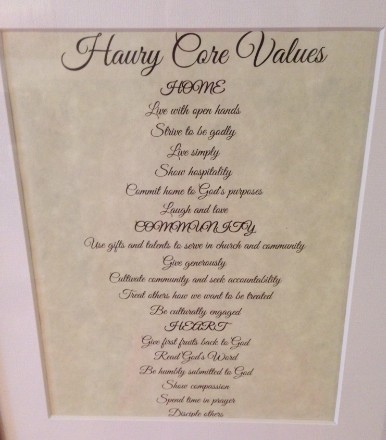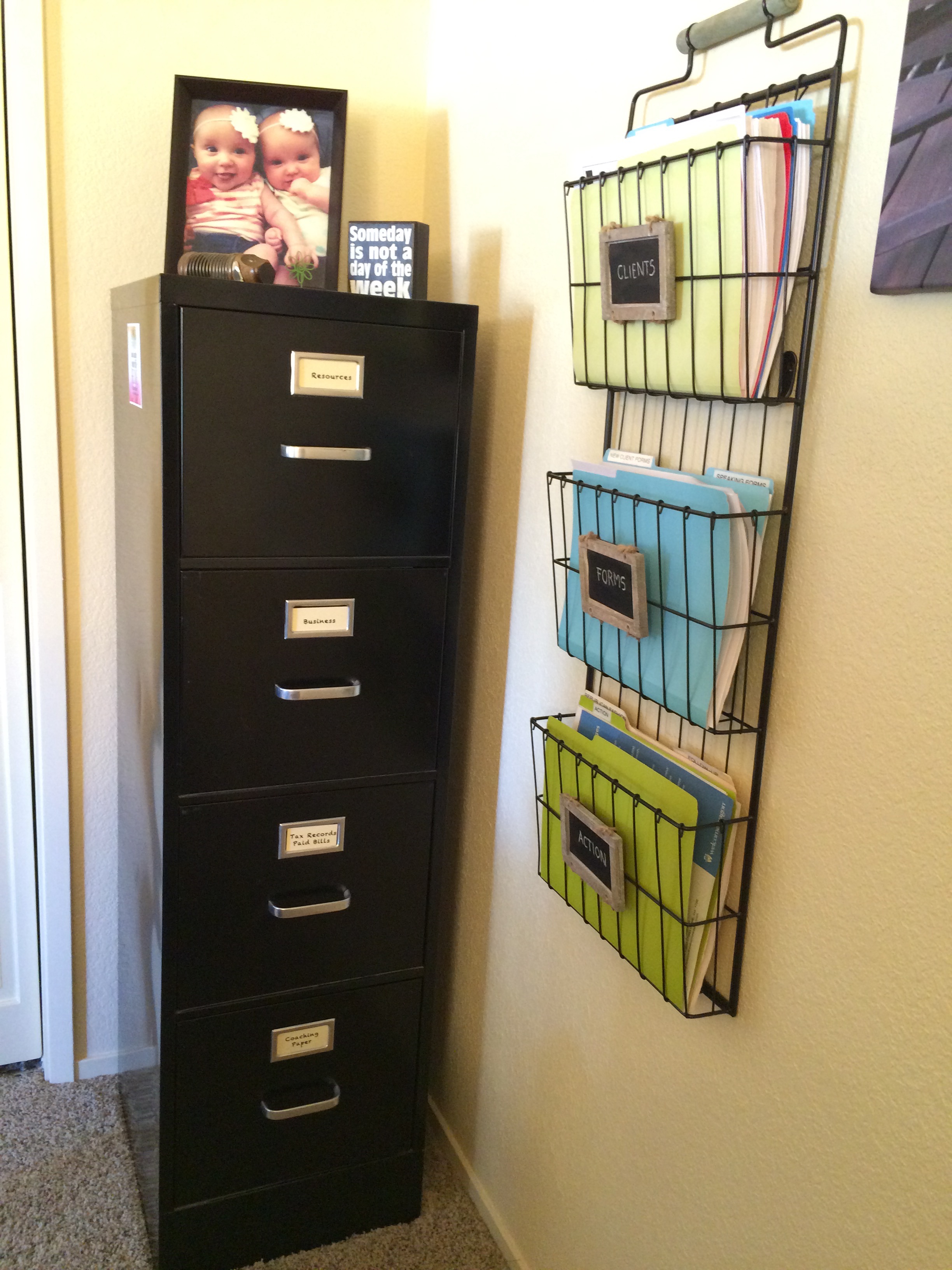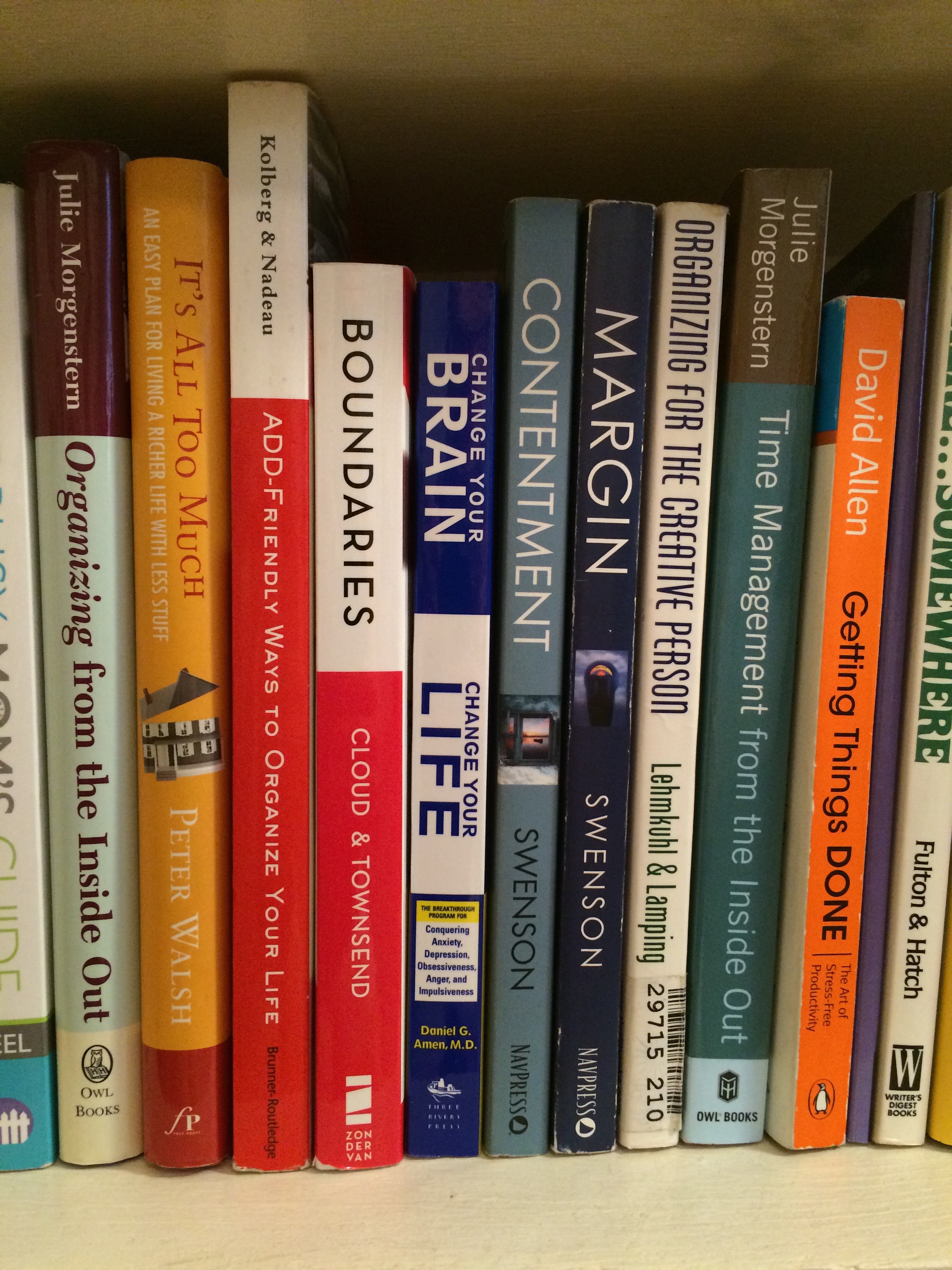A year ago this month, I had the joy of helping one of my senior clients decorate for Christmas. Due to her physical limitations, she had decided not to, but I could tell that putting up the tree and her favorite decorations would lift her spirits so, I insisted. Little did we know that would be her last Christmas here.
We went out to the garage where she showed me stacks of Christmas bins. As I lifted the lids and pulled things out she chose the ornaments and decorations that were most precious to her. We brought them in. She sat and recollected where things went and I did my best to position the decorations to her preferences. It was dark outside when I left that day. She had a huge smile and as I drove away the glow of the tree lights through the window was a delightful scene. Her Christmas would be a little merrier surrounded by her favorite things.
In January, I packed her precious ornaments and trimmings in new bins to keep them separate from the rest of the decorations, with plans to purge and donate the discards. This was in keeping with her goal to downsize her belongings so that they wouldn’t be a burden on her family when she was gone.
Even though it was an hour drive to her place, she was such a delight that I looked forward to our almost weekly organizing sessions. The week after Mother’s Day we met and continued the process of purging, discarding, and organizing. The following Thursday I stood on her doorstep and no one answered. I was immediately concerned, called her cell phone and left a voicemail message. I was briefly relieved when I saw a return call from her. But it was her son, sadly informing me that she had unexpectedly passed away the day before. Through the window I spoke words of comfort to her furry little companion who was barking inside. She indeed was precious to many and is missed by all who knew her.
I share this experience to challenge you to focus on what’s truly precious to you this Christmas season. Organizing, whether it’s your stuff or your life, is all about prioritizing—letting the cream rise to the top and letting go of the rest. If everything’s precious, then nothing’s precious. Give priority to the people, things, and activities that mean the most to you. If you don’t make those decisions, someone else will make them for you.
As my client’s son opens the Christmas bins we packed last January, he will see the decorations his mom truly valued. By selecting what mattered most, it lightened her load and his too. Will others see what you value by your holiday traditions, decorations, meals, and gatherings? Can you lighten your load and enjoy the season more by intentionally selecting that which matters most and letting go of the rest?
May you and yours find joy in focusing on what is precious to you this Christmas. For me, it is the joy of knowing Jesus—the reason for the season.
Christmas Memory Tree Service
For so many, the holidays are painful due to an acute awareness of the absence of someone who has passed. If you would like to honor a loved one who is dearly missed, you're invited to the Christmas Memory Tree Service at Flipside Church. It's a family-friendly time where you can bring an ornament to place on the Memory Tree in their honor. All are welcome!
Sunday ~ December 18th ~ 5:00 PM
Flipside Church in Madera Ranchos
Maywood Center 37193 Ave 12
For more info: 559-871-3314
Christmas Gift Idea!
Instead of bringing in more stuff to find places for, why not ask for a gift certificate so you can organize what you already have? A peaceful and productive environment is the perfect gift for you or someone you know who is feeling overwhelmed. (If ordering for someone else, please talk to the gift recipient first, to ensure they are ready and willing to get organized.)
Click here to order online!
Wise Words
This is how God showed His love among us: He sent His one and only Son into the world that we might live through Him. --The Apostle John
